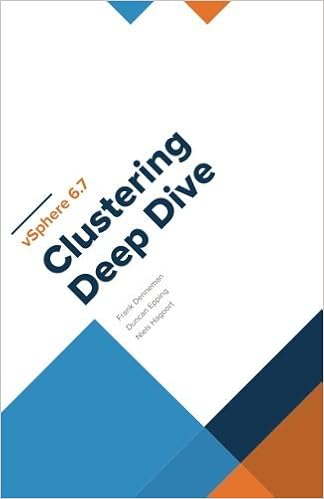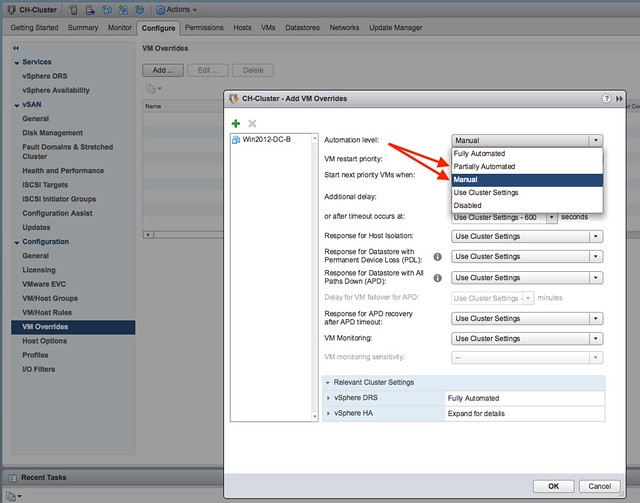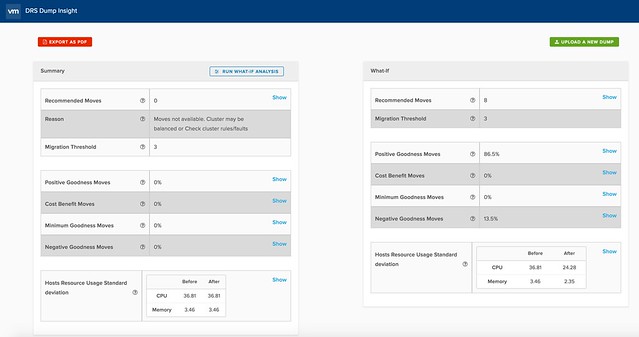 Over the past couple of months Frank, Niels and I have worked ferociously to update the vSphere Clustering Deep Dive. Some of the material was already brought up to date to vSphere 6.0 U2, but the majority was never updated after vSphere 5.1. As you can imagine, this was a tremendous undertaking. Not only did we need to validate every sentence, all diagrams needed to be updated, and with the introduction of the HTML-5 Client also all screenshots had to be retaken.
Over the past couple of months Frank, Niels and I have worked ferociously to update the vSphere Clustering Deep Dive. Some of the material was already brought up to date to vSphere 6.0 U2, but the majority was never updated after vSphere 5.1. As you can imagine, this was a tremendous undertaking. Not only did we need to validate every sentence, all diagrams needed to be updated, and with the introduction of the HTML-5 Client also all screenshots had to be retaken.
Now, just a couple of weeks before VMworld, we are finally at the point where we can press “publish”.
What can you expect? Well, we have said this with previous books, this is not a beginners guide! This is a deep dive, and we aimed to take you in to the trenches of vSphere Clustering technologies. We cover a multitude of different features, and for those who haven’t read the previous books expect the following features to be covered:
- vSphere HA
- vSphere DRS
- vSphere Storage DRS
- vSphere Storage I/O Control
- vSphere Network I/O Control
We also have a chapter on stretched clusters, in this chapter we describe how to design and implement a vSphere Metro Storage Cluster, leveraging all of the knowledge gained in the previous chapters.
For your convenience, I copied/pasted some of the Amazon info below.
—
- Paperback: 566 pages
- Publisher: CreateSpace Independent Publishing Platform; 1 edition (July 29, 2018)
- Language: English
- ISBN-10: 1722625325
- ISBN-13: 978-1722625320
- Product Dimensions: 5.5 x 1.3 x 8.5 inches
- Shipping Weight: 1.8 pounds
—
I hope all of you will enjoy the book as much as we enjoyed writing it. And before I forget, I want to thank my co-authors for the late night discussions, the hard work, insights and fun/laughter at times.
Get it while it is hot! (Look on the right side column for the links to the book!)

